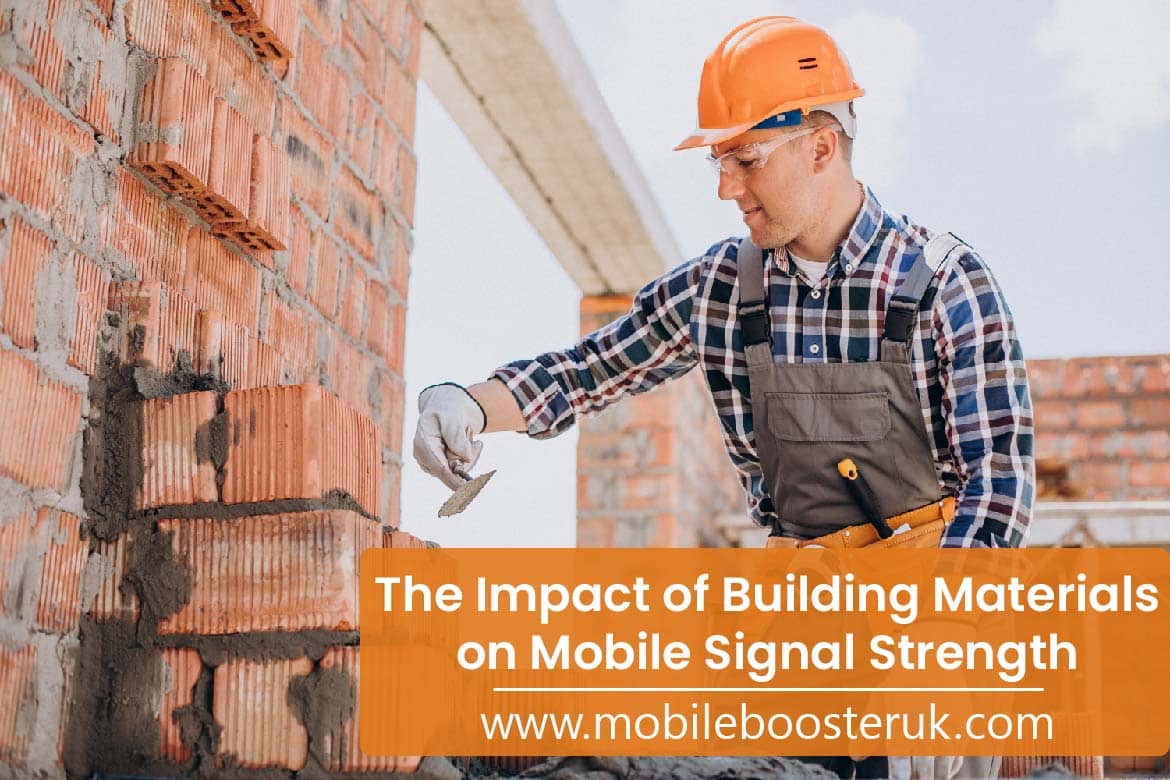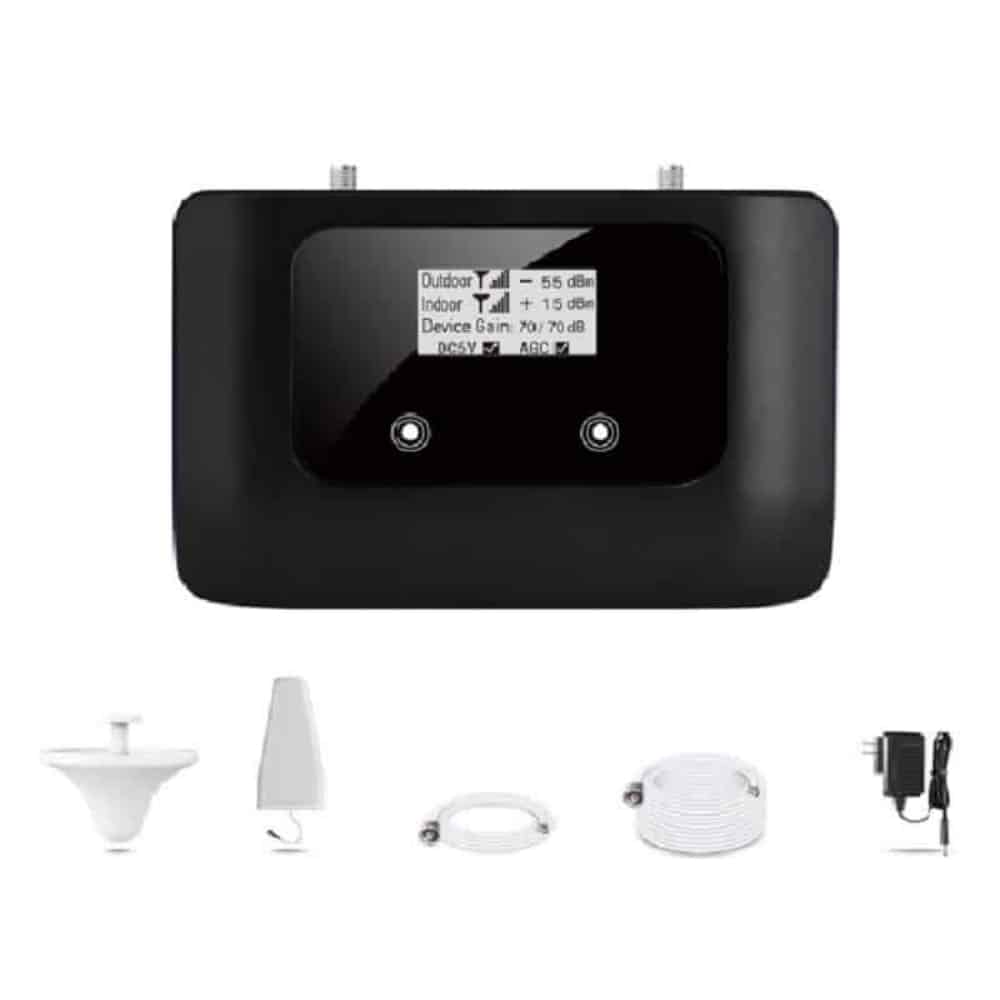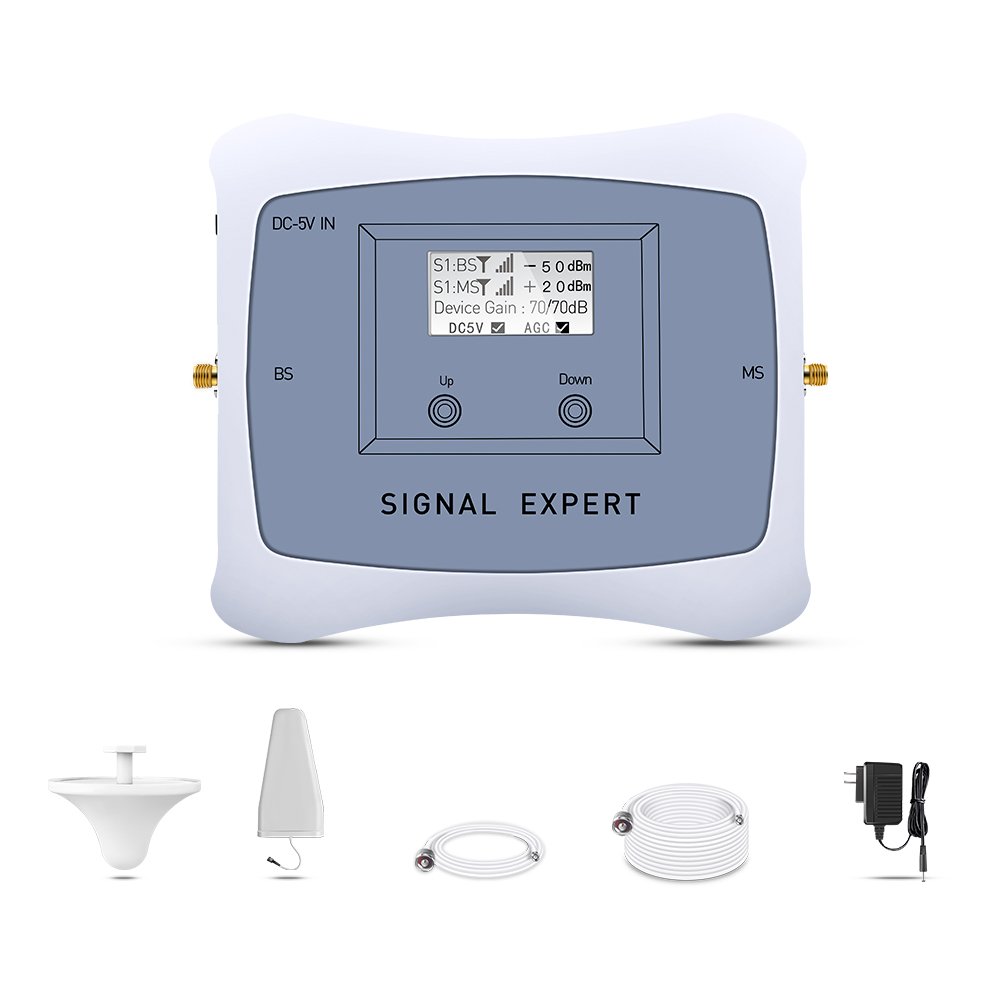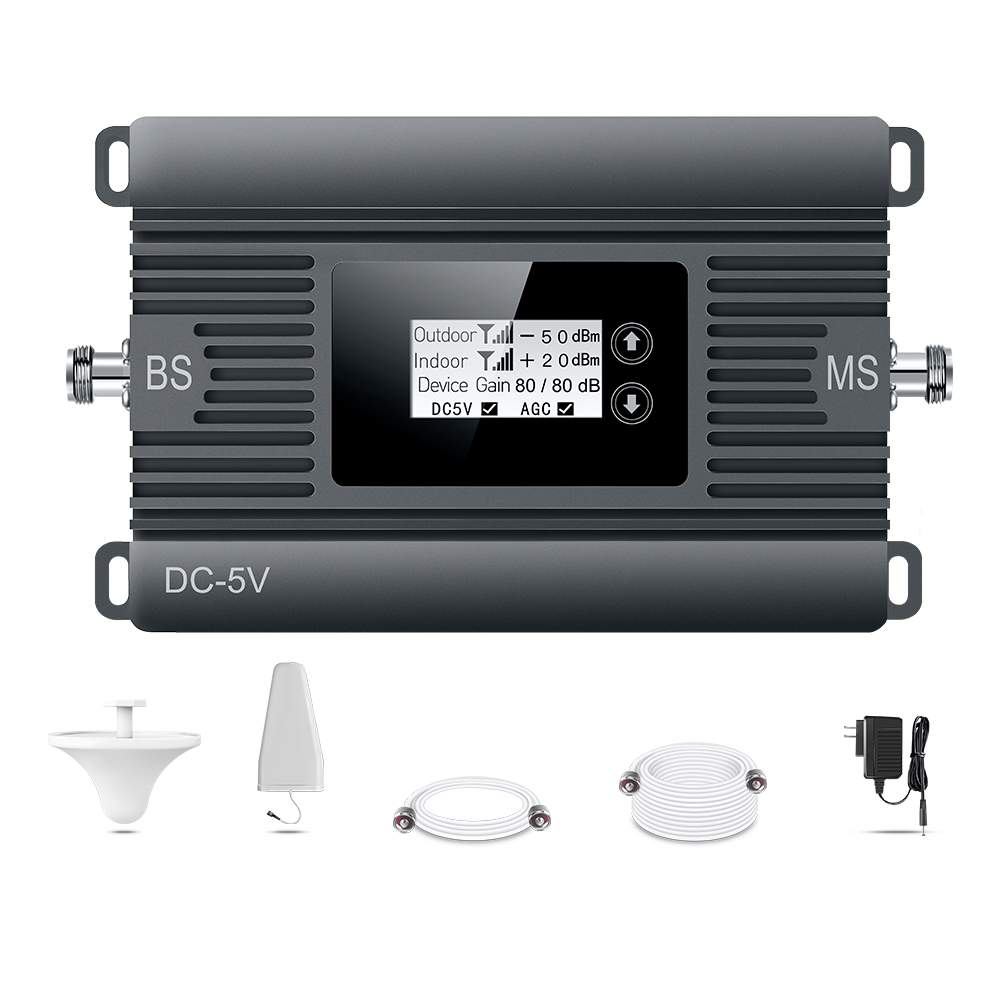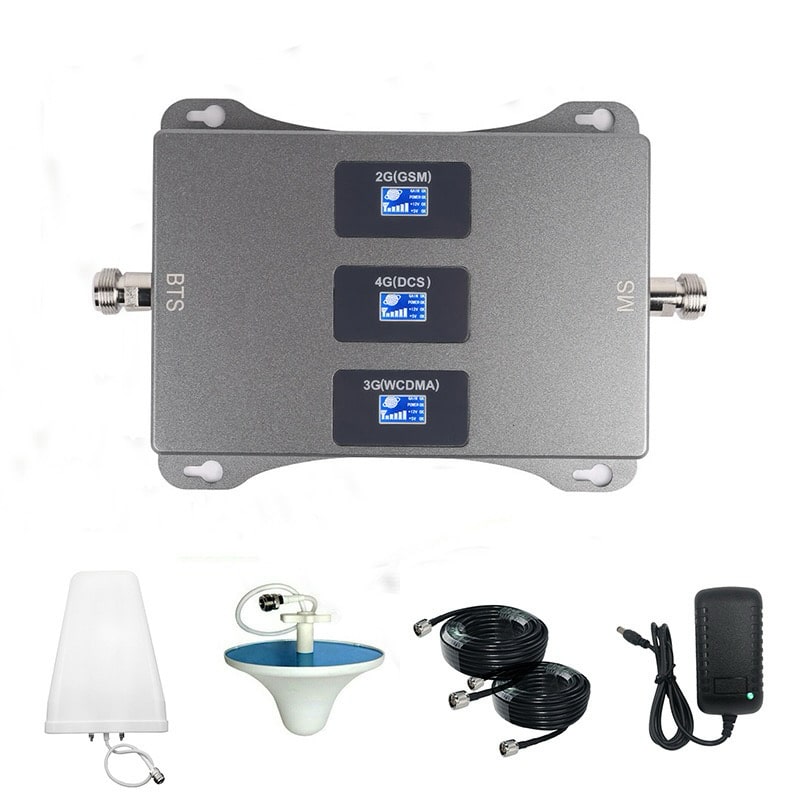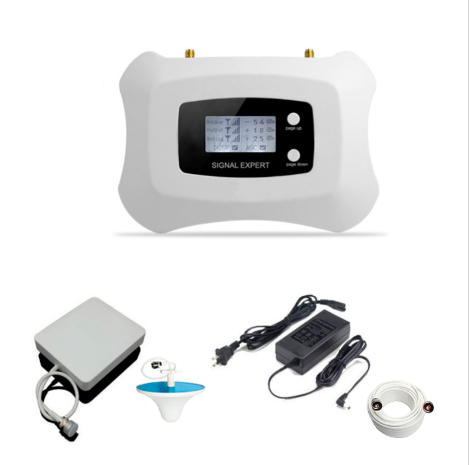The Impact of Building Materials on Mobile Signal Strength
In our increasingly connected world, a strong and reliable mobile signal is crucial for staying connected with friends, family, and colleagues. However, many of us have experienced frustrating situations where our mobile signal strength is weak or nonexistent, particularly when inside buildings. One of the main factors influencing mobile signal strength indoors is the type of building materials used in the construction of the structure. In this article, we will explore the impact of different building materials on mobile signal strength and offer insights into how to improve signal reception in various environments.
Concrete and Steel Structures
Buildings constructed with concrete and steel are common in urban areas and commercial spaces. While these materials provide excellent structural stability, they can significantly obstruct mobile signals. Both concrete and steel are dense and have a high metallic content, which can block or attenuate radio waves. As a result, the signal strength inside such buildings can be severely impacted, leading to dropped calls and slow data speeds.
Glass and Windows
Glass is generally considered transparent to radio waves, meaning it does not interfere with mobile signals significantly. However, modern energy-efficient windows often have a metallic coating to reflect infrared heat, which can also affect mobile signals. Large glass windows can act as weak spots, allowing some signal to penetrate, but signal strength may vary depending on the window’s thickness and coating.
Brick and Wood
Buildings made of brick or wood typically offer better mobile signal penetration compared to concrete and steel structures. Both materials have lower metallic content, allowing radio waves to pass through with less obstruction. However, signal strength may still vary depending on the density of the materials and the number of walls and obstacles between the mobile device and the cell tower.
Insulation and Wiring
Besides the building’s primary materials, insulation and wiring can also impact the mobile signal strength. Insulation materials, such as foam or fibreglass, generally have a negligible impact on signals. However, metal foil used in some insulation products can interfere with signals. Similarly, electrical wiring and metal pipes inside walls can cause signal attenuation.
Building Size and Layout
The size and layout of the building can also influence mobile signal strength. Larger buildings with multiple floors may experience weaker signals on higher levels due to greater distance from cell towers. Complex layouts with many rooms and partitions can create signal-blocking obstacles, leading to varying signal strengths in different areas.
External Interference
External factors such as neighbouring buildings, tall structures, or geographical features (hills, mountains, etc.) can obstruct or reflect mobile signals, impacting indoor reception. In urban areas with dense building clusters, signal interference from nearby buildings can be a significant challenge.
Carrier Frequency and Bands
Different mobile carriers operate on various frequency bands, and the type of band used can affect signal penetration through building materials. Some carriers may have stronger signals at higher frequencies, while others may perform better at lower frequencies.
Weather Conditions
Weather conditions can also influence signal strength, particularly in areas with extreme weather events like heavy rainfall or storms. These conditions can temporarily weaken signals due to water absorption and signal scattering.
Signal Directionality
The directionality of the signal transmitted by cell towers can affect indoor signal reception. If a cell tower’s signal is beamed horizontally, multi-story buildings might receive weaker signals on higher floors.
Construction Materials Inside the Building
The presence of metal objects or other signal-blocking materials inside the building can further impact the signal strength. For example, metallic furniture, mirrors, and appliances may interfere with signals.
Carrier Signal Quality
It’s essential to consider that signal strength can vary between different mobile carriers. Some carriers may have stronger networks in certain areas, while others may struggle to provide reliable coverage.
Signal Dampening
Signal dampening occurs when signals pass through multiple walls or thick structures, leading to signal loss. The more walls and obstacles the signal encounters, the weaker it becomes.
Improving Mobile Signal Strength Indoors
-
Wi-Fi Calling and VoIP: If you have access to a stable Wi-Fi connection, consider using Wi-Fi calling or Voice over Internet Protocol (VoIP) services like Skype or WhatsApp to make calls and send messages, especially in areas with weak mobile signals.
- Mobile Signal Boosters and Repeaters: Signal boosters and repeaters are devices that amplify and redistribute the mobile signal within a building. They can be installed to enhance coverage and signal strength in areas with poor reception.
- External Antennas: For commercial or large residential spaces, installing external antennas on the roof can help capture stronger signals from nearby cell towers and distribute them throughout the building.
- Window Placement: If you are constructing a new building, consider positioning windows strategically to allow better signal penetration. Placing windows away from obstacles and tall structures can improve signal strength indoors.
-
Signal Analysis: Conduct a signal analysis in your building to identify weak spots and dead zones. This will help you determine the best locations for signal boosters or antennas.
Conclusion
The choice of building materials can significantly impact mobile signal strength indoors. Concrete and steel structures tend to obstruct signals, while wood and brick offer better signal penetration. Additionally, insulation and wiring can also affect signal quality. To improve mobile signal strength indoors, users can explore options such as Wi-Fi calling, mobile signal boosters, external antennas, and strategic window placement. However, the best and most reliable solution to solve the mobile signal reception issues inside any building is to use a universal mobile signal booster.
The universal signal boosters work on all the frequency bands, boosts all types of signals and work for all the mobile carriers. Hence, we recommend using a Universal Signal Booster inside thei buildings having very weak or no mobile signal reception. By understanding the impact of building materials on mobile signals, individuals and businesses can take proactive steps to ensure better connectivity and communication in indoor environments.
If you have any questions regarding any of our products please contact us.
